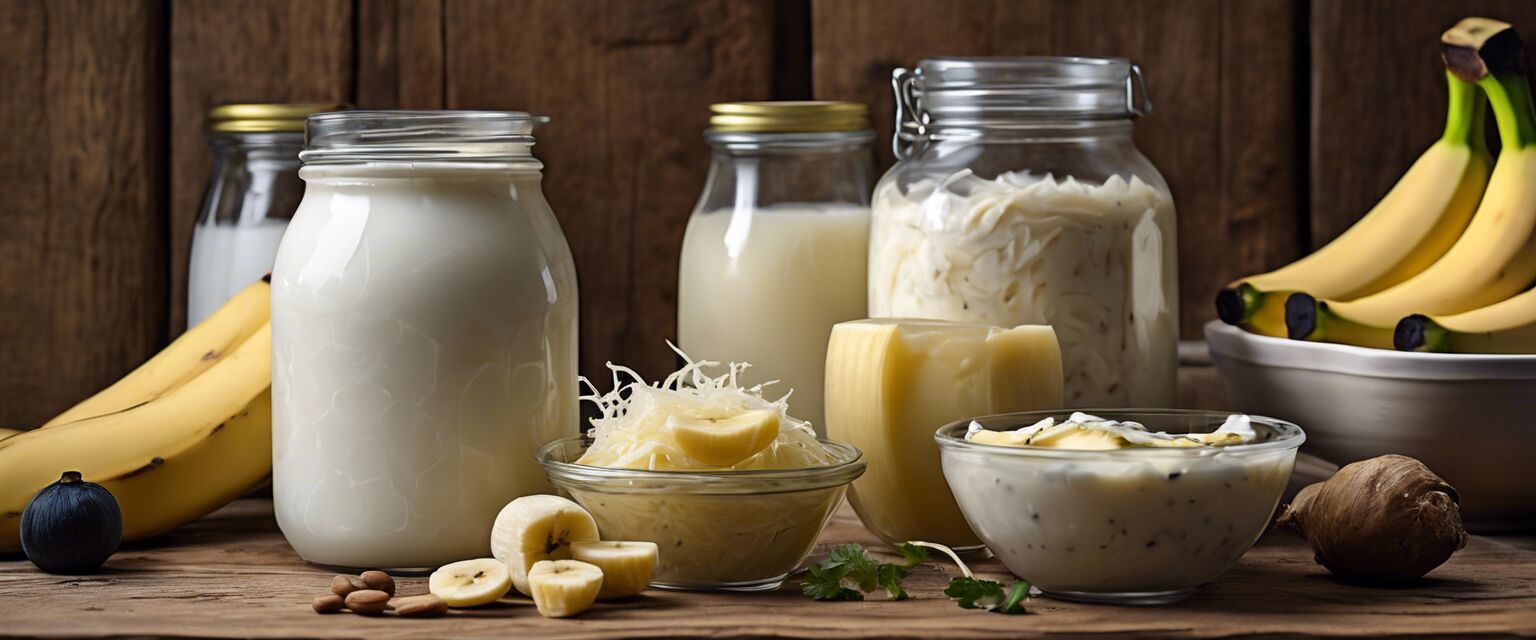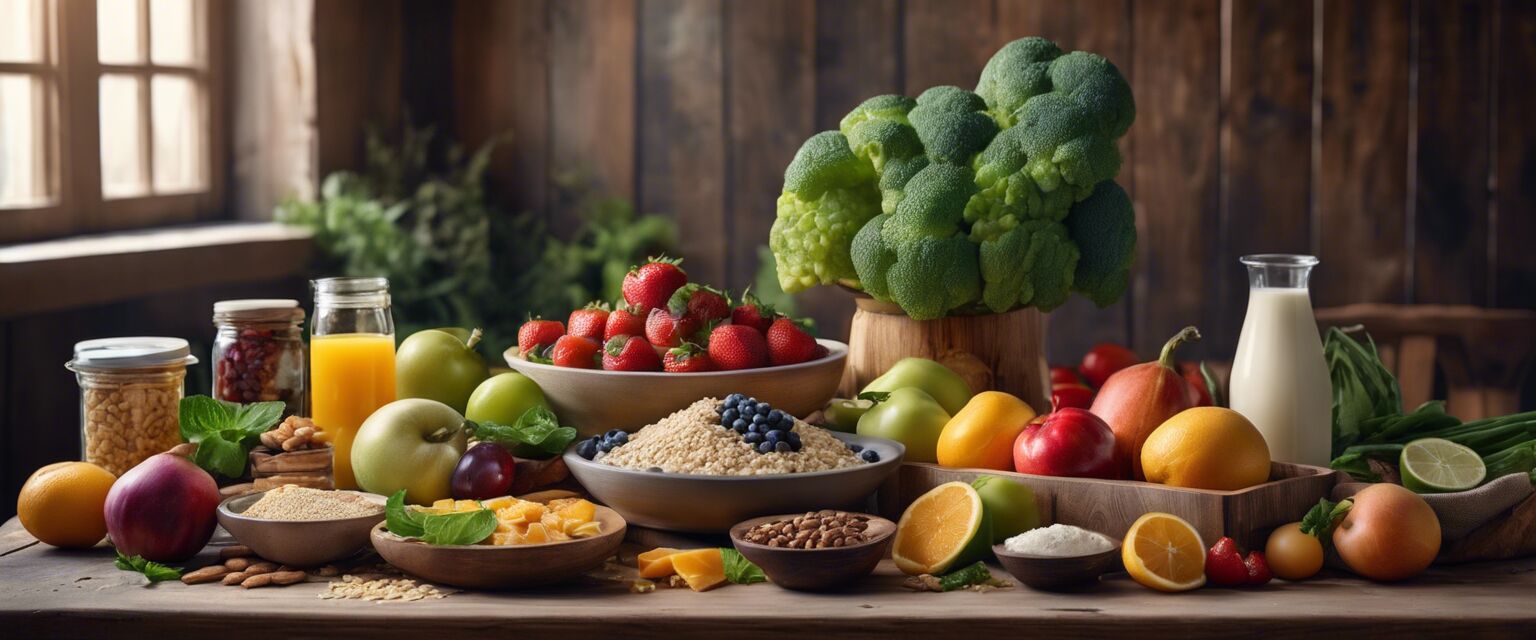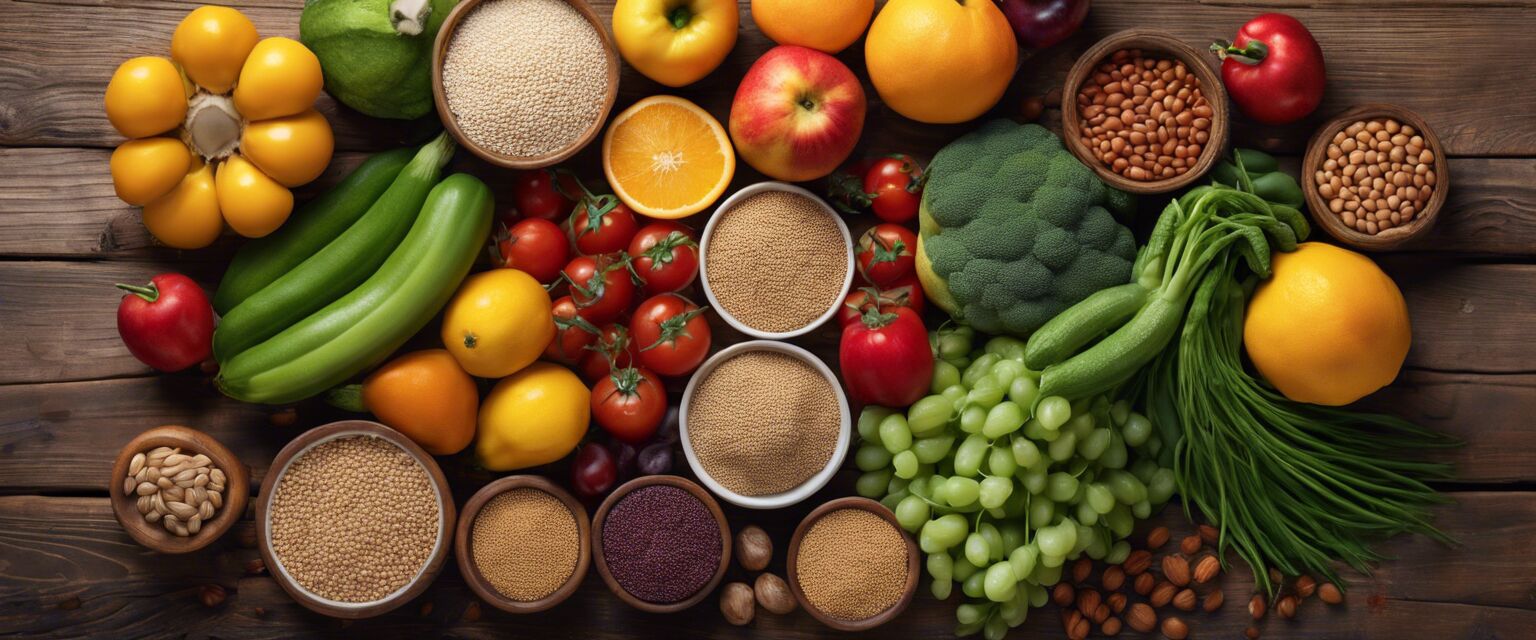
Dietary Fiber
Key Takeaways
- Dietary fiber plays a crucial role in supporting digestive health.
- There are two types of dietary fiber: soluble and insoluble.
- High-fiber foods include fruits, vegetables, whole grains, legumes, and nuts.
- Aiming for 25-30 grams of fiber daily can improve overall health.
- Incorporating fiber-rich foods into meals can be simple and delicious.
Fiber is a vital component of a healthy diet, significantly contributing to digestive health. Despite being widely recognized for its importance, many individuals struggle to meet the daily fiber intake recommendations. This article delves into the importance of dietary fiber, the types of fiber, sources of high-fiber foods, and tips on how to effectively include fiber in your diet.
What is dietary fiber?
Dietary fiber refers to the parts of plant foods that your body cannot digest. Unlike other food components, such as fats, proteins, or carbohydrates, fiber isnât digested by the body. Instead, it passes relatively intact through your stomach and intestines. Fiber comes in two varieties:
- Soluble Fiber: This type dissolves in water and can help lower blood cholesterol and glucose levels. It is found in foods such as oats, barley, nuts, seeds, beans, lentils, and some fruits and vegetables.
- Insoluble Fiber: This type does not dissolve in water and helps add bulk to stool, aiding in digestion. It is found in whole grains, wheat bran, and vegetables like cauliflower and green beans.
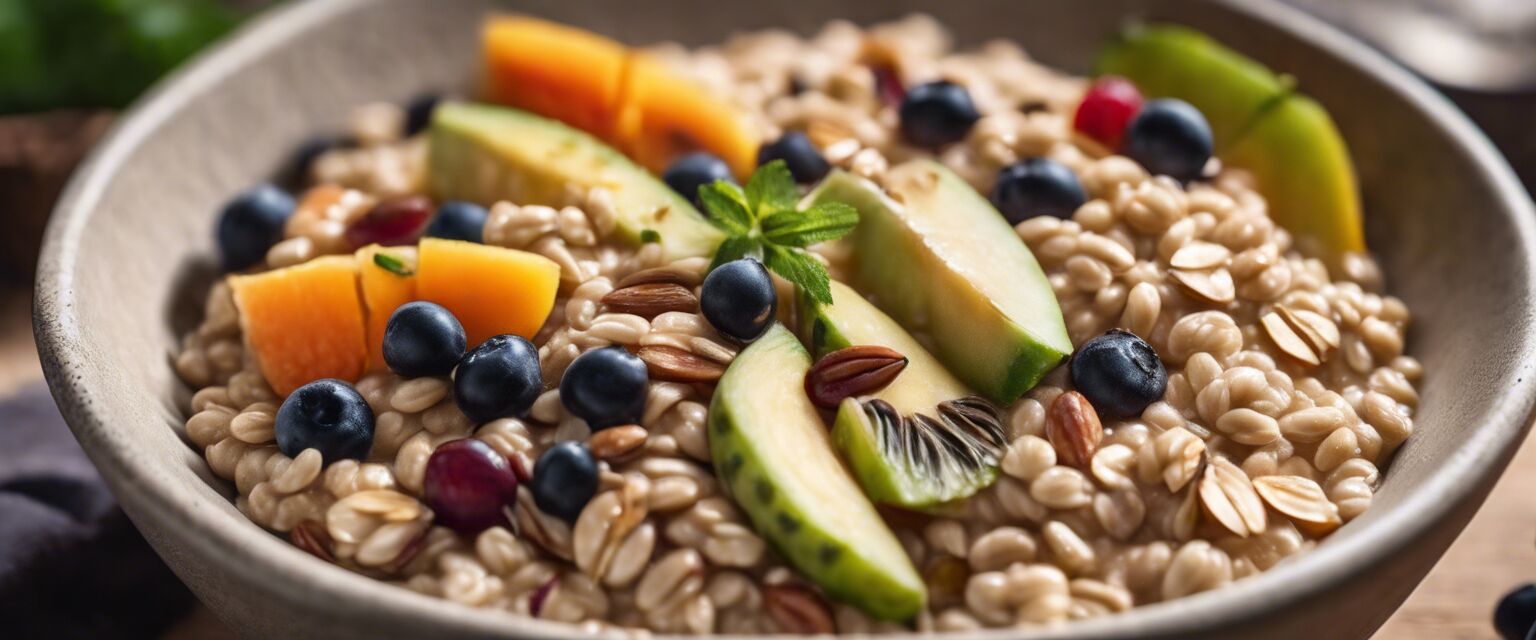
Benefits of dietary fiber
Incorporating sufficient dietary fiber into your meals can lead to numerous benefits, including:
- Promoting regular bowel movements and preventing constipation.
- Maintaining a healthy weight by promoting a feeling of fullness.
- Assisting in regulating blood sugar levels.
- Reducing the risk of developing certain chronic diseases.
High-fiber food sources
To effectively increase fiber intake, itâs important to know which foods are high in fiber. The table below outlines various food sources along with their approximate fiber content per serving:
| Food | Serving Size | Fiber Content (grams) |
|---|---|---|
| Chia seeds | 2 tablespoons | 10 |
| Black beans | 1 cup (cooked) | 15 |
| Oats | 1 cup (cooked) | 4 |
| Avocado | 1 medium | 10 |
| Broccoli | 1 cup (cooked) | 5 |
| Whole grain bread | 1 slice | 2 |
How to increase fiber in your diet
Making small changes to your diet can significantly boost your fiber intake. Here are some practical tips:
Beginner's tips for adding fiber
- Start your day with high-fiber cereals or oatmeal.
- Incorporate fruits and vegetables into every meal.
- Snack on nuts, seeds, or dried fruits instead of processed snacks.
- Choose whole-grain products over refined grains.
- Add legumes to your salads, soups, and meals for extra fiber.
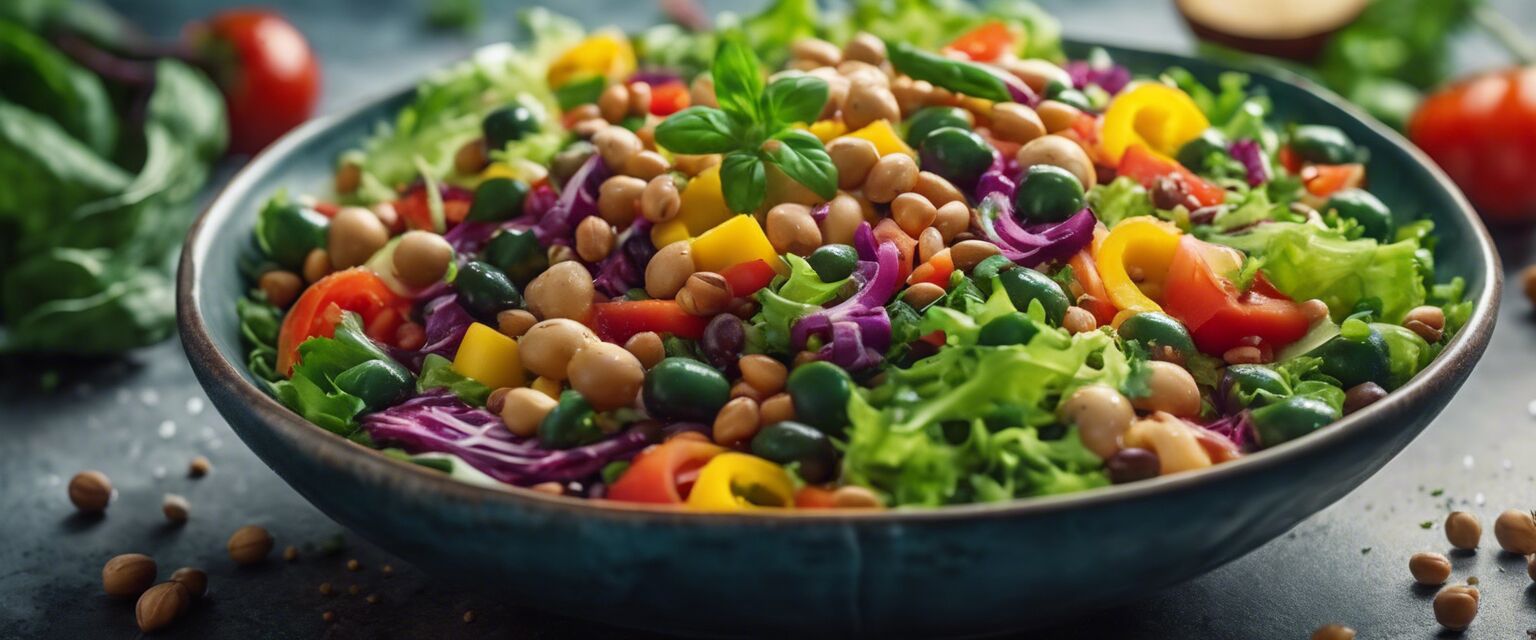
Potential challenges when increasing fiber intake
Transitioning to a high-fiber diet may present some challenges, particularly if your current intake is low. Here are some common issues:
- Digestive discomfort: Gradually increase fiber intake to give your digestive system time to adjust.
- Hydration: Increasing fiber without adequate fluid intake can lead to dehydration or constipation. Ensure you drink plenty of water throughout the day.
Staying motivated
Staying motivated to maintain a high-fiber diet can be challenging. Here are a few strategies:
- Set realistic goals for fiber intake and track your progress.
- Experiment with new recipes that highlight high-fiber ingredients.
- Join a community or forum focused on healthy eating for support and inspiration.
Pros
- Improves digestive health and regularity.
- Aids in weight management by promoting satiety.
- Helps maintain healthy cholesterol levels.
- Contributes to better blood sugar control.
Cons
- May cause bloating or gas if increased too quickly.
- Requires mindful meal planning to include sufficient fiber.
Conclusion
Dietary fiber is essential for maintaining a healthy digestive system. By incorporating a variety of high-fiber foods into your daily mealsâlike fruits, vegetables, and whole grainsâyou significantly contribute to overall well-being. Increase your fiber intake gradually, stay hydrated, and enjoy the delicious variety of foods available to meet your fiber goals.
For more information on digestive health and innovations, check out our related articles on digestive health snacks and fiber supplements.


